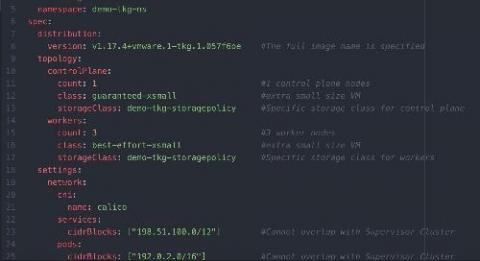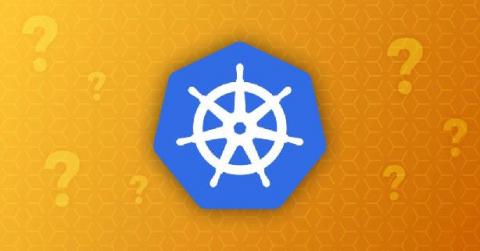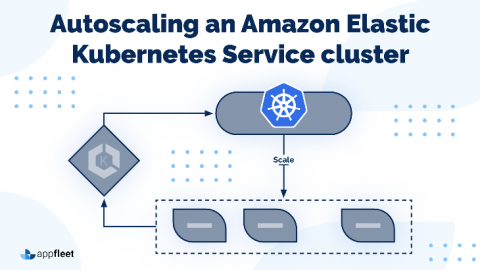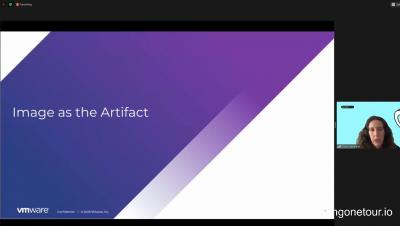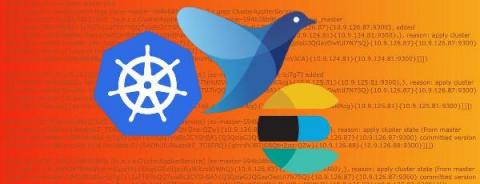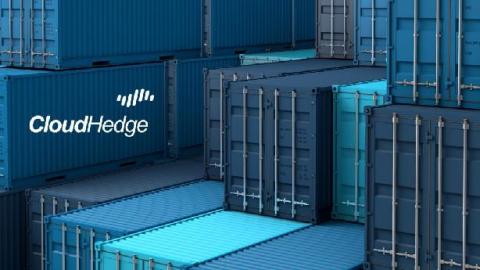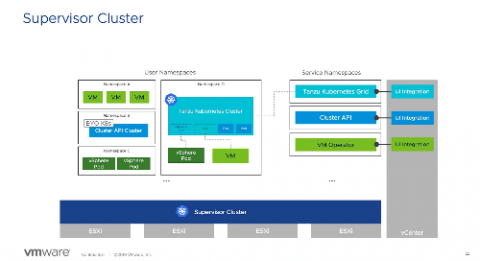Operations | Monitoring | ITSM | DevOps | Cloud
Containers
The latest News and Information on Containers, Kubernetes, Docker and related technologies.
Deploy HAProxy Ingress Controller from Rancher's Apps Catalog
In Kubernetes, Ingress objects define rules for how to route a client’s request to a specific service running inside your cluster. These rules can take into account the unique aspects of an incoming HTTP message, including its Host header and the URL path, allowing you to send traffic to one service or another using data discovered in the request itself. That means you can use Ingress objects to define routing for many different applications.
Dissecting a Tanzu Kubernetes Cluster Spec with the TKG Service for vSphere
This post is part of a series that examines some of the fundamentals of creating, utilizing, and managing Tanzu Kubernetes clusters with the Tanzu Kubernetes Grid (TKG) Service for vSphere. If you need a primer to understand the basic concepts, make sure you read vSphere 7 — Introduction to Tanzu Kubernetes Grid Clusters. And if you haven’t already, this would also be a good time to read An Elevated View of the Tanzu Kubernetes Grid Service Architecture, the first post in the series.
What Are the Hardest Parts of Kubernetes to Learn?
Many enterprises have already adopted Kubernetes or have a Kubernetes migration plan in place, making it clear that the platform is here to stay. While it provides a lot of benefits to its users, to take advantage of them, you need to thoroughly learn Kubernetes and how it works in production. Typically, the most difficult aspects of Kubernetes are learned through experience solving real-world problems.
We've Raised $27 Million in New Funding, Here's How We're Investing It
Today we’re announcing a new round of funding that brings an additional $27M to help us invest in growing and building Codefresh. When we started, we wanted to revolutionize the way people build and deploy software with continuous integration and delivery. I’m proud to say that we were the first platform to see the game-changing value of containers and Kubernetes.
Autoscaling an Amazon Elastic Kubernetes Service cluster
In this article we are going to consider the two most common methods for Autoscaling in EKS cluster: The Horizontal Pod Autoscaler or HPA is a Kubernetes component that automatically scales your service based on metrics such as CPU utilization or others, as defined through the Kubernetes metric server. The HPA scales the pods in either a deployment or replica set, and is implemented as a Kubernetes API resource and a controller.
The CI/CD Experience: Kubernetes Edition with Cora Iberkleid and Andreas Evers
Logging for Kubernetes: fluentd and ElasticSearch
This article will focus on using fluentd and ElasticSearch (ES) to log for Kubernetes (k8s). This article contains useful information about microservices architecture, containers, and logging. Additionally, we have shared code and concise explanations on how to implement it, so that you can use it when you start logging in your own apps. Useful Terminology.
Container Technology - A Quick Introduction
Containers, the biggest innovation in the shipping industry, have standardized dimensions so that they can be loaded and unloaded, stacked, transported efficiently over long distances, and transferred from one mode of transport to another. Taking a cue from this, think of a server as a ship and an application as a crate. A couple of decades ago, only one app could be deployed on one operating system meaning, a single crate on a single ship.
An Elevated View of the Tanzu Kubernetes Grid Service Architecture
Before getting started using the Tanzu Kubernetes Grid (TKG) Service for vSphere, it helps to have an understanding of the Kubernetes architecture and the underlying technology that makes it possible. In this post, by starting at the lowest layer and zooming out, we will paint a picture of how all these technologies are interconnected. This is an introduction, not a deep dive, and as such is meant to be a high-level overview for anyone getting started.




